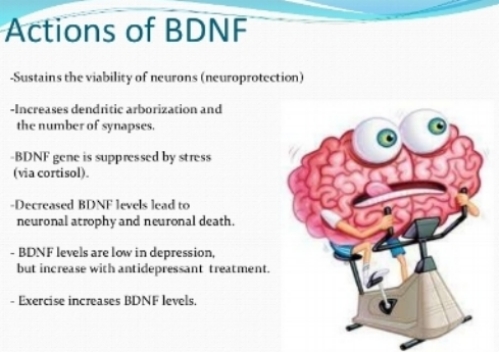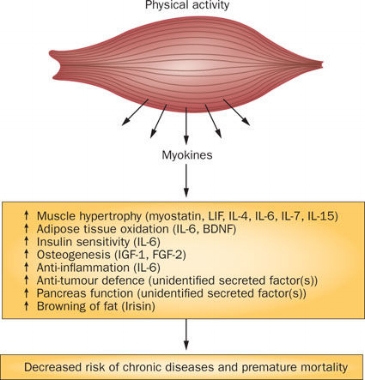A study found that having strong legs slows the damage caused by neurological diseases. The study addressed the question: “Is the outcome of neurological diseases [spinal muscular atrophy (SMA), motor neuron disease, and multiple sclerosis (MS), and others] due exclusively to the lesions that form on the spinal cord in the case of spinal cord injury and genetic mutation in the case of SMA, or is the lower capacity for movement the critical factor that exacerbates the disease?"
They took two groups of mice: a control group that was free to roam and an experimental group that was restricted from using their hind legs for 28 days. Restricted the physical activity of the mice resulted a 70 percent decrease in the number of neural stem cells compared to the control group.
The study stated, “People who are unable to do load-bearing exercises -- such as patients who are bed-ridden, or even astronauts on extended travel -- not only lose muscle mass, but their body chemistry is altered at the cellular level and even their nervous system is adversely impacted,"
The conclusion: “The research shows that using the legs, particularly in weight-bearing exercise, sends signals to the brain that are vital for the production of healthy neural cells, essential for the brain and nervous system. Cutting back on exercise makes it difficult for the body to produce new nerve cells -- some of the very building blocks that allow us to handle stress and adapt to challenge in our lives.”
At our Austin Strength Training and New Orleans Strength Training facilities we use MedX equipment. With the equipment’s many medical-rehab features we can accommodate those with limiting conditions. Our clients with neurological conditions such as MS, Parkinson’s disease, and stroke have shown significant improvement.
Overall, it’s important for everyone to stay strong, not just those with neurological conditions. Being strong helps forestall potential issues brought on by the frailty that comes with aging.
Request a complimentary first session at Kelly Personal Training
Click here to schedule a session to try it yourself
*Before you stop by please call us. We operate by appointment.




















